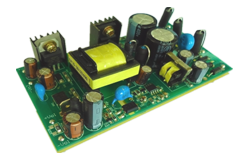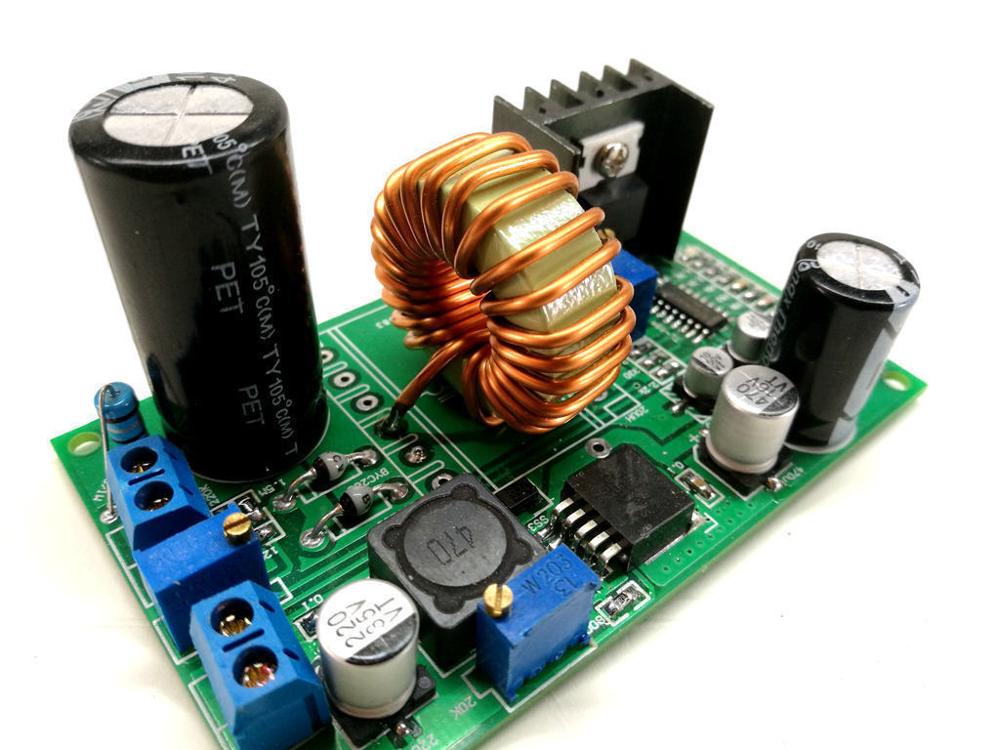소식
Custom Type Power Series: The Ultimate Guide to Creating Unique and Effective Typography
저자: ZYG 전원 모듈 Time: 2023-6-18
Typography is a crucial aspect of graphic design. It’s the art and technique of arranging type to make written language legible, readable, and appealing when displayed. Custom typography takes it a step further by creating unique and personalized typefaces that reflect the brand ‘s personality.
In this guide, we’ll explore the basics of typography, the benefits of custom typography, and the steps to create your own custom typeface.
Typography Basics
Typography has its own language with terms like serif, sans-serif, kerning, tracking, and leading. Let’s break them down:
– Serif: A small line or stroke attached to the end of a letter or symbol.
– Sans-serif: A typeface that does not have serifs.
– Kerning: The process of adjusting the space between letters and symbols.
– Tracking: The process of adjusting the space between groups of letters.
– Leading: The space between lines of text.
Benefits of Custom Typography
Custom typography has three main benefits:
1. Uniqueness: A custom typeface created specifically for your brand sets it apart from competitors and creates a unique brand identity.
2. Brand recognition: A custom typeface ensures brand consistency across all communication channels. Your brand becomes easily recognizable with its unique typeface.
3. Creative freedom: A custom typeface gives designers more freedom to create bespoke designs that align with the brand’s personality. It’s an opportunity to break away from the limitations of existing typefaces.

Steps to Create a Custom Typeface
Creating a custom typeface can be a daunting task, but it’s not impossible. Here are the steps you can follow:
1. Research: Start with researching your brand’s personality, values, and target audience. This research will guide the creation of your custom typeface.
2. Sketch: Start sketching ideas for your typeface. Use pencil and paper or digital tools like Adobe Illustrator or Sketch.
3. Refine: Once you have a set of sketches, refine them and focus on the details. Pay attention to the spacing, stroke weight, and the overall balance of the letters.
4. Digitize: Once you’re happy with your design, digitize it using a vector-based software.
5. Test: Test your typeface in different sizes and environments to ensure legibility and readability. Make adjustments if necessary.
6. Finalize: Once you’re satisfied with your typeface, finalize it by creating a full character set and saving it in the appropriate file formats.
결론
Custom typography is an effective way to create a unique brand identity and stand out from the competition. By following the steps outlined in this guide, you can create a custom typeface that reflects your brand’s personality and values. Remember to test your typeface and make adjustments as necessary to ensure legibility and readability. Good luck!
이전의: Exploring the Function and Applications of Bidirectional Converters in Electrical Engineering
다음: Bidirectional DC DC Converter: An Innovative Solution for Efficient Power Transfer
관련 정보
-
2023-12-31
A high voltage power supply module is a crucial component in various electronic systems, providing the necessary voltage levels to power devices that require high voltage operation. This module plays a significant role in fields such as medical equipment, scientific research, telecommunications, and industrial applications. In this article, we will explore the functions, features, and applications of high voltage power supply modules. Firstly, let us understand the basic functions of a high voltage power supply module. Its primary purpose is to convert low voltage input into high voltage output, which is typically in the range of several hundred to tens of thousands of volts. This module must be capable of delivering a stable and reliable output to ensure the proper...
세부 정보보기 -
2023-4-16
Generating AC-DC Power Conversion for Efficient Energy Transfer
The conversion of electrical power between AC and DC forms is an essential part of modern power systems. AC power is the most commonly used form of electrical power, but many electronic devices require DC power. Thus, AC-DC power conversion is necessary to supply power to all kinds of devices. In order to generate DC power from AC, a rectifier is required. A rectifier is an electrical device that converts alternating current (AC), which periodically reverses direction, to direct current (DC), which flows in only one direction. There are two main types of rectifiers: half-wave and full-wave rectifiers. Half-wave rectifiers are simpler and cheaper, but they are less efficient than full-wave rectifiers. The most common type of full-wave rectifier is...
세부 정보보기 -
2023-8-25
Introduction: A reliable and efficient power supply is crucial for the proper functioning of various electronic devices. Whether it is a computer, a smartphone, or a home appliance, these devices heavily rely on a stable and continuous power source. The AC DC power supply module has emerged as the perfect solution for delivering power efficiently and reliably. In this article, we will explore the benefits and applications of this power supply module. What is an AC DC Power Supply Module? An AC DC power supply module is a device that converts alternating current (AC) into direct current (DC). It is commonly used to power electronic devices that require a steady and regulated DC voltage. The module consists of several components,...
세부 정보보기 -
2023-5-26
AC DC Converter Module: Streamlining Power Conversion for Enhanced Efficiency
The AC DC converter module is an essential component in modern electrical systems. It efficiently converts alternating current (AC) to direct current (DC) to power electronic devices. This process is vital because many portable devices rely on batteries that require DC power. The converter helps to streamline the power conversion process, ensuring that devices receive reliable, regulated, and stable power. The converter module consists of several components, including a transformer, rectifier, and filter. The transformer steps down the voltage from the AC power source, while the rectifier converts the AC to DC power. The filter then smoothens the output, removing any unwanted noise or ripple. In addition, the converter module can be designed to provide various output voltage levels, making...
세부 정보보기 -
2023-6-14
Power supply is an indispensable part in electronic devices. It provides the necessary power to run the device and is responsible for its proper functioning. In recent years, with the development of technology, the demand for power supplies has increased and manufacturers are constantly striving to provide more efficient and reliable power supplies. One such power supply that has gained popularity in the market is the DM Series DC DC Power Supply. The DM Series DC DC Power Supply is a high-performance power supply designed to meet the demands of today's electronic devices. It is widely used in various fields, such as telecommunications, medical equipment, military, aerospace, and industrial automation. The DM Series power supply is designed to provide stable...
세부 정보보기 -
2023-6-18
Custom Type Power Series: The Ultimate Guide to Creating Unique and Effective Typography
Typography is a crucial aspect of graphic design. It's the art and technique of arranging type to make written language legible, readable, and appealing when displayed. Custom typography takes it a step further by creating unique and personalized typefaces that reflect the brand 's personality. In this guide, we'll explore the basics of typography, the benefits of custom typography, and the steps to create your own custom typeface. Typography Basics Typography has its own language with terms like serif, sans-serif, kerning, tracking, and leading. Let's break them down: - Serif: A small line or stroke attached to the end of a letter or symbol. - Sans-serif: A typeface that does not have serifs. - Kerning: The process of adjusting the...
세부 정보보기


















